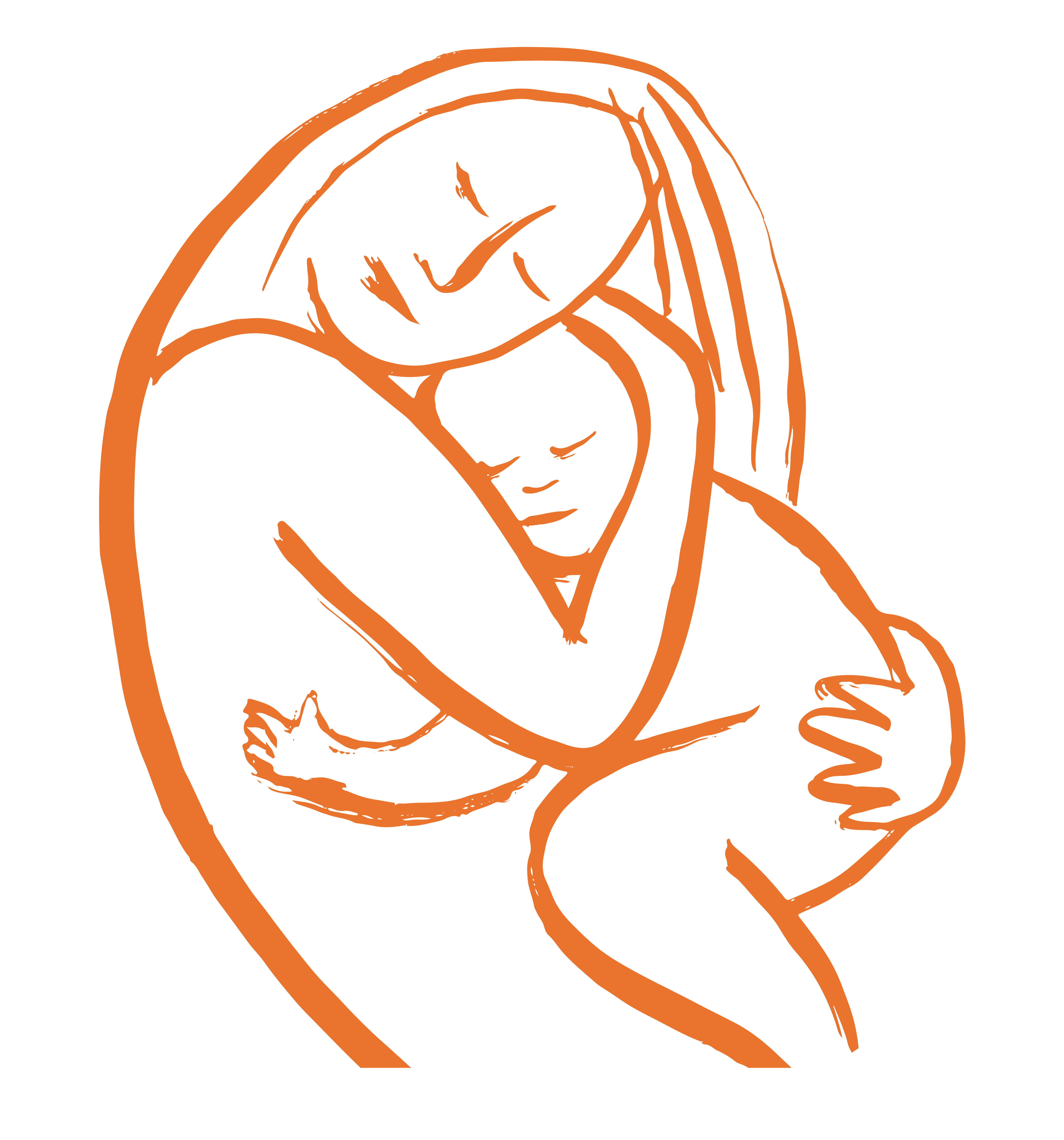Despite the country’s financial wealth and robust infrastructure, the U.S.’s most vulnerable populations continue to be Indigenous communities.
American lndians and Alaska Natives have the second highest infant death rate in the U.S. Native infants suffer from the highest rates of SIDS and are 30% more likely than non-Hispanic white infants to die due to circumstances related to low birth weight or birth defects. 32% of Native American women in New Mexico live below the Federal Poverty Line (2008-12 American Community Survey). Combined with culturally insensitive services, these factors coalesce to increase the chances of expectant mothers discontinuing prenatal care. In 2009, Santa Fe’s lndian Health Services (IHS) facility closed services to Native women for all prenatal care after 30 weeks through delivery. Women were asked to sign up for Medicaid and deliver at one of three surrounding hospitals, where services are not provided in culturally sensitive ways.
Barriers to Maternal Care and Drivers of Maternal Mortality Rates in the U.S.
Historically and currently, Native American women’s access to Indigenous birthing knowledge and traditions has been severely impacted by the interplay of colonization, poverty, discrimination, geography, patriarchy and racism. For example, in the 1970’s, 24% of Native American women were sterilized by the IHS, causing intergenerational trauma and distrust of non-Indigenous healthcare services.
Opportunities to Overcome Barriers and Solutions to Systemic Issues
Expanding and improving access to culturally relevant healthcare is a major contributing factor to the health and wellbeing of Native American mothers and babies across North America.

